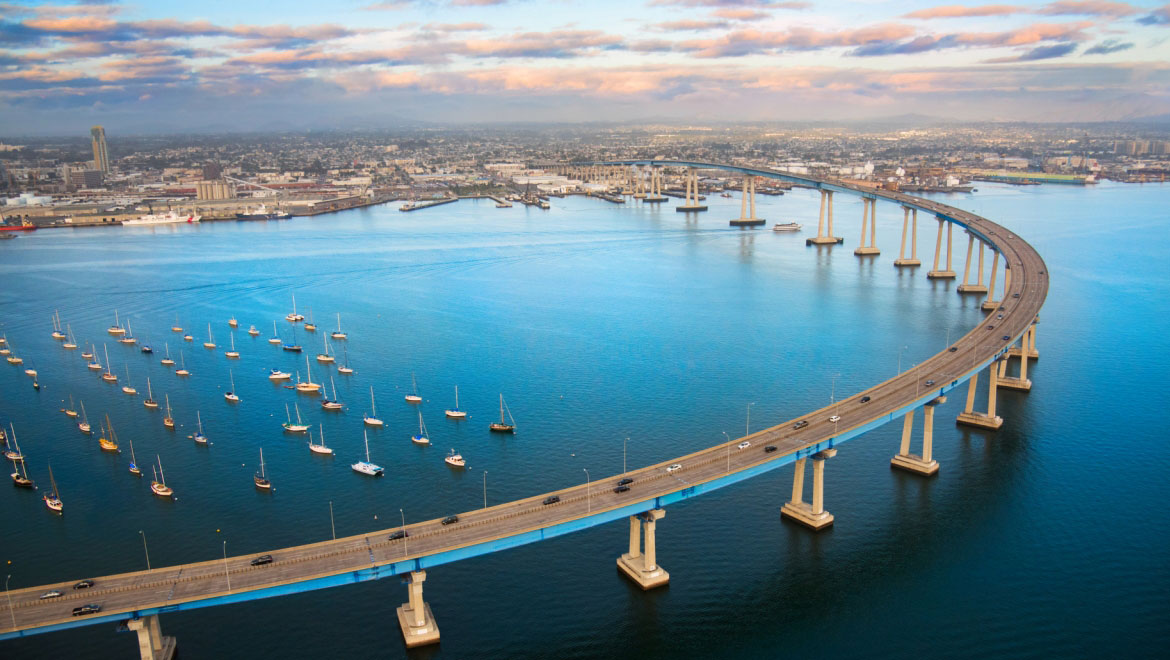A Tale of Transformation and Charm
Coronado Island, often referred to simply as Coronado, is a resort city located across the bay from San Diego, California. Known for its pristine beaches, historic landmarks, and charming small-town atmosphere, Coronado has a rich history that dates back centuries. This document explores the transformation of Coronado Island from its early days to the modern era.
Early History
Indigenous Inhabitants
Before European explorers arrived, Coronado Island was inhabited by the Kumeyaay people, who lived in the region for thousands of years. The Kumeyaay were skilled fishermen and hunters, and they established villages along the coast, utilizing the abundant natural resources of the area.
Spanish Exploration

In the 16th century, Spanish explorers arrived in the region. In 1542, Juan Rodríguez Cabrillo, a Portuguese navigator sailing under the Spanish flag, became the first European to explore the coast of present-day California. Although he did not specifically mention Coronado in his records, his exploration paved the way for future European interest in the area.
Mexican Period

Following Mexican independence from Spain in 1821, the region that includes Coronado became part of Mexico. During this period, land grants were issued to encourage settlement and development. In 1846, the Mexican-American War began, and by 1848, the Treaty of Guadalupe Hidalgo had been signed, ceding California to the United States.
Development and Early Growth
The Visionaries: Elisha Babcock and Hampton Story

In the late 19th century, Coronado Island began to take shape as a resort destination. In 1885, Elisha Babcock, a retired railroad executive, and Hampton Story, a successful businessman, purchased the island for $110,000. Their vision was to create a resort community that would attract visitors from across the country.
The Birth of the Hotel del Coronado

Babcock and Story’s most ambitious project was the construction of the Hotel del Coronado. Designed by architect James W. Reid, the hotel opened its doors in 1888. With its distinctive red turrets and Victorian architecture, the “Hotel Del” quickly became an iconic landmark and a symbol of luxury and elegance.
Growth and Development
The success of the Hotel del Coronado spurred further development on the island. New residential areas, schools, and businesses were established to accommodate the growing population. The island’s natural beauty, combined with the attractions of the hotel, made Coronado a popular destination for tourists and new residents alike.
20th Century Transformations
Naval Presence

The early 20th century saw the establishment of a significant naval presence on Coronado. In 1917, during World War I, the U.S. Navy established a training station on the island. This presence expanded during World War II, as Coronado became home to the Naval Air Station North Island and the Naval Amphibious Base Coronado. The military installations played a crucial role in the island’s economy and development.
Post-War Era

Following World War II, Coronado continued to grow and develop. The post-war economic boom brought new residents and businesses to the island. The construction of the San Diego-Coronado Bridge in 1969 provided easier access to the island, further boosting its appeal as a residential and tourist destination.
Preservation and Modernization

In the latter half of the 20th century, efforts were made to preserve Coronado’s historic charm while accommodating modern growth. The Hotel del Coronado underwent several renovations to maintain its status as a premier resort. Additionally, the island’s historic neighborhoods and landmarks were protected through preservation initiatives, ensuring that Coronado’s unique character would endure.
Contemporary Coronado
A Vibrant Community

Today, Coronado is a vibrant community that blends historic charm with modern amenities. The island is home to a diverse population, including military personnel, families, and retirees. The local economy is supported by tourism, the military, and a variety of businesses.
Attractions and Events
Coronado boasts a wide range of attractions and events that draw visitors year-round. The Hotel del Coronado remains a major draw, offering luxurious accommodations and a rich history. The island’s pristine beaches, such as Coronado Beach and Silver Strand State Beach, are renowned for their beauty and are popular with both locals and tourists.
Coronado also hosts numerous events and festivals, including the Coronado Flower Show, the Fourth of July Parade, and the Coronado Island Film Festival. These events celebrate the island’s community spirit and cultural heritage, providing entertainment and enjoyment for all who attend.
Preserving the Past, Embracing the Future
As Coronado continues to evolve, the community remains committed to preserving its historic legacy while embracing the opportunities of the future. Sustainable development practices and environmental conservation efforts are prioritized to ensure that the island’s natural beauty is protected for generations to come.
The history of Coronado Island is a tale of transformation and charm. From its early days as a home to indigenous peoples and a site of Spanish exploration, to its development as a premier resort destination and its role as a naval hub, Coronado has a rich and diverse history. Today, the island continues to captivate residents and visitors alike with its unique blend of historic charm and modern vibrancy. As Coronado moves forward, its commitment to preserving its past while embracing the future ensures that it will remain a beloved destination for years to come.

